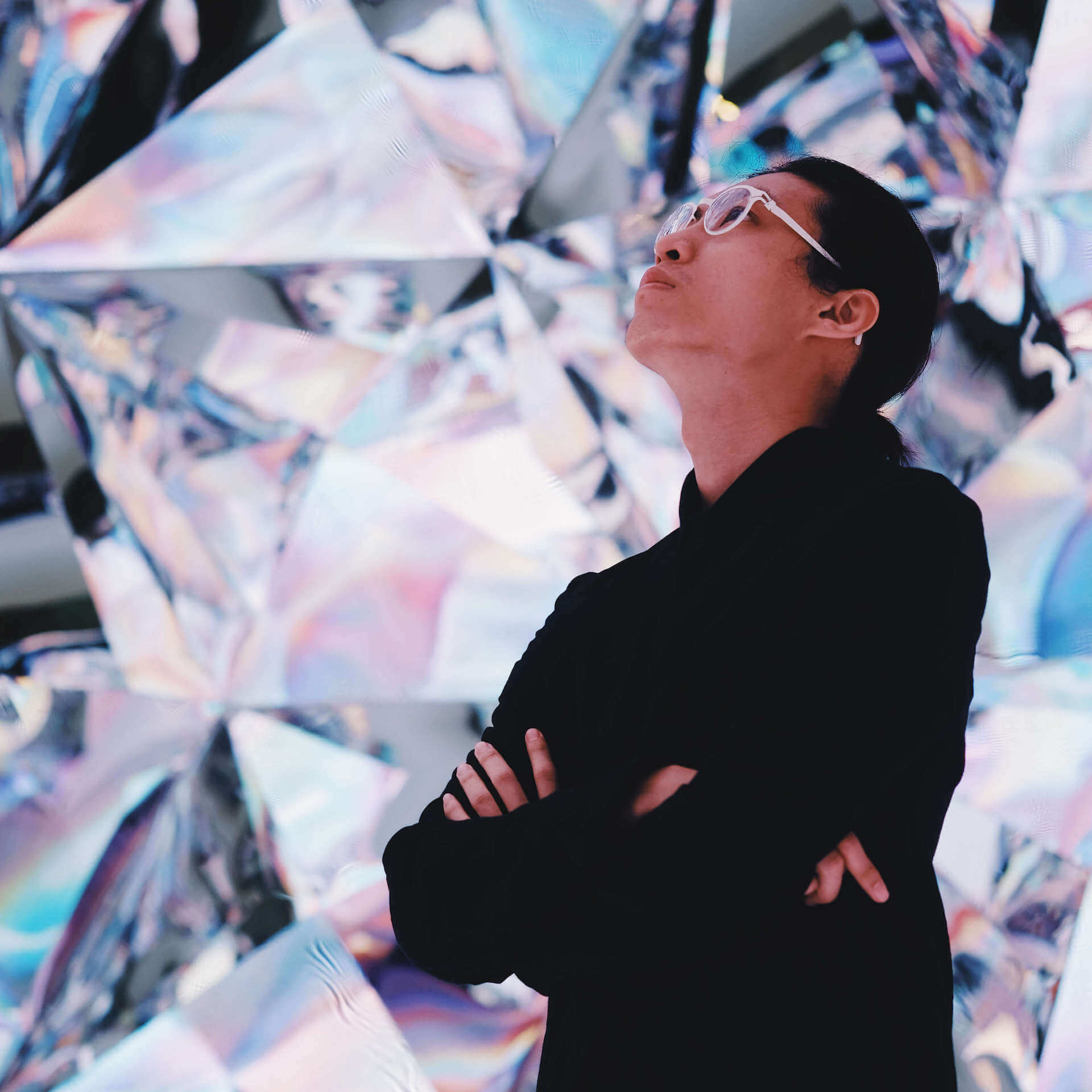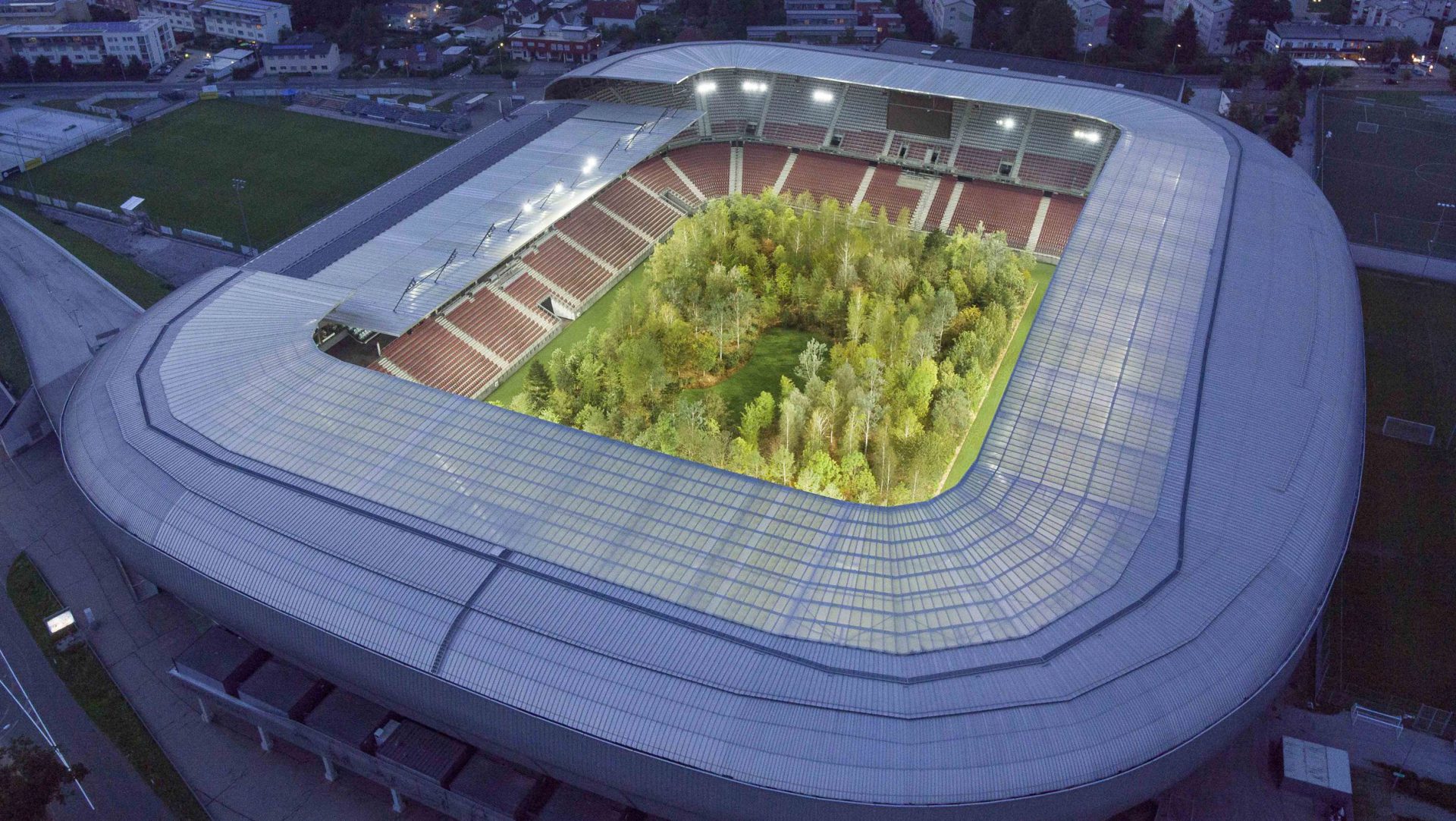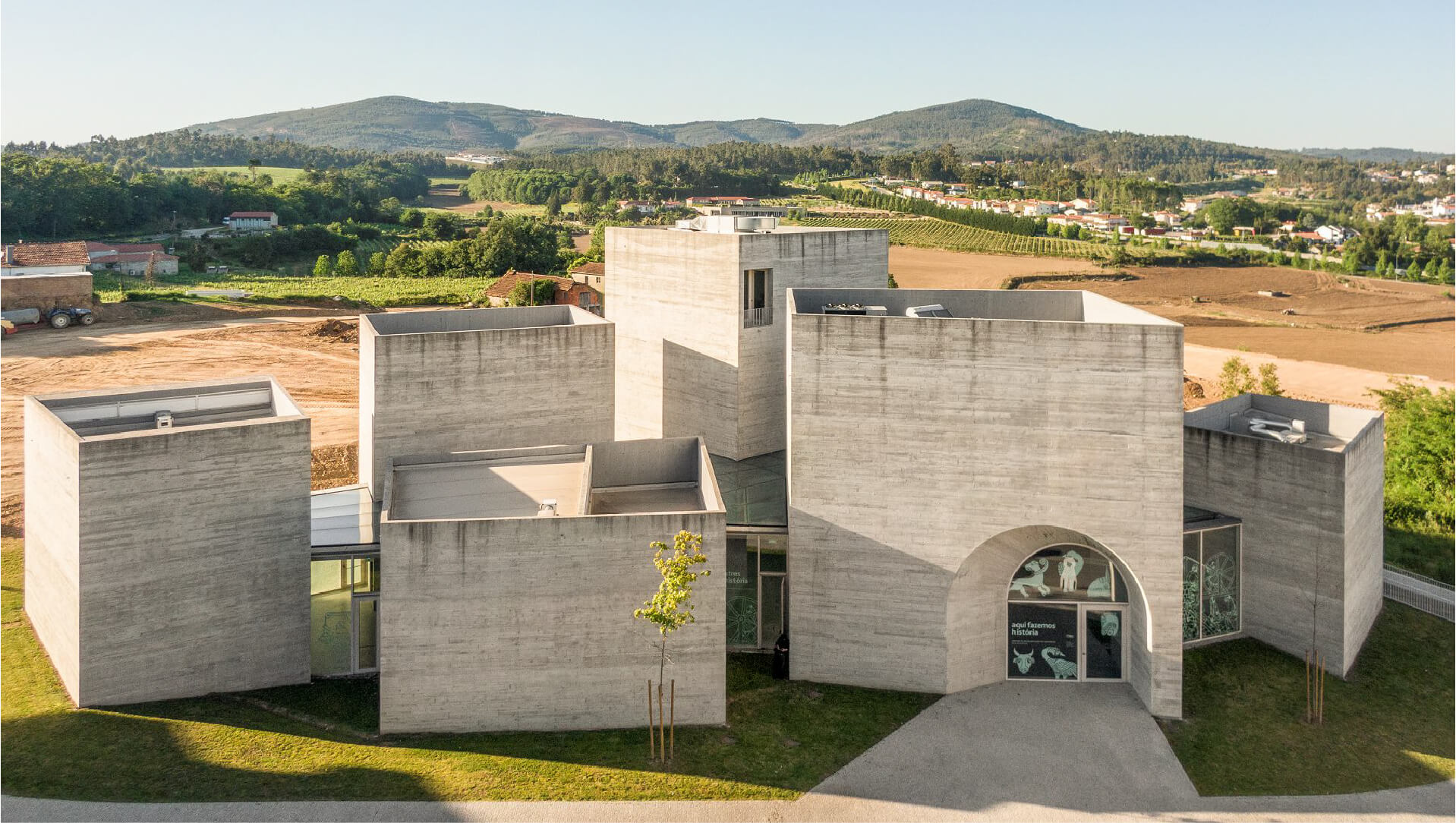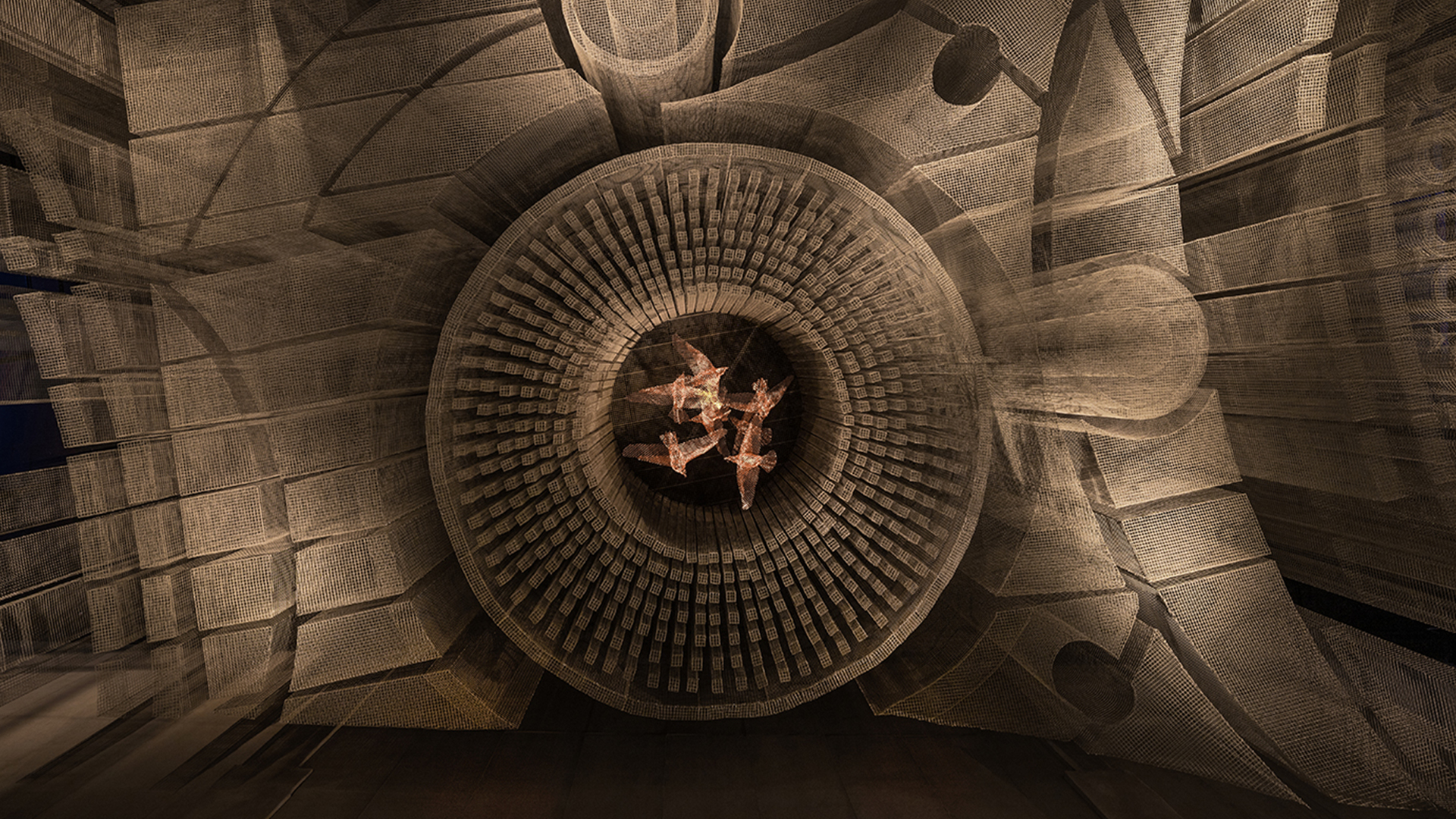The immersive soundscapes of Chris Cheung
New media artist Chris Cheung, creates mesmerizing installation art and audiovisual performances that merge ancient and futuristic ideas.
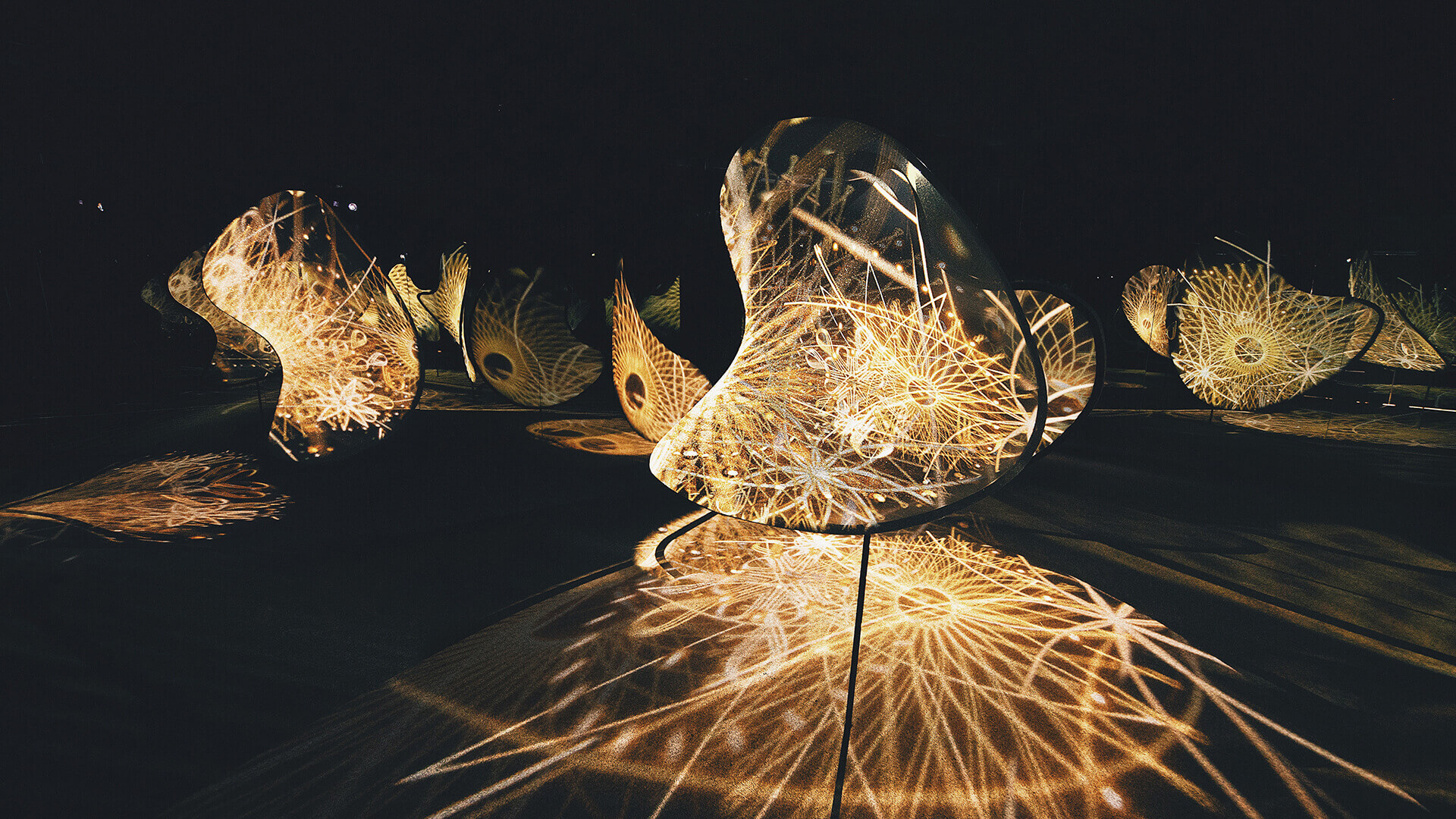
Founder of XCEPT and XCEED, Chris Cheung is a new media artist focused on installation art and audiovisual performance. Inspired by his beliefs in Chinese philosophy, Chris creates incredible projects that blend ancient and futuristic ideas resulting in immersive soundscapes, generative, and data art.
It is through constant exploration of new mediums and finding different aesthetics in technological interventions that the work of Chris Cheung and his collectives, XCEPT and XCEED, have gained world recognition and showcased around the globe. His unique point of view not only allowed him to create truly immersive art but also led him to win several awards and participate in various events including Asia’s flagship event on design, innovation, and brands, Business of Design Week.
Gallery
Open full width
Open full width
Curious to know more about his work, DesignWanted had the opportunity to interview Chris Cheung and found out more about his design process, his participation in BODW 2020, and what is next for the new media artist.
Who is Chris Cheung?
Chris Cheung:
“I am a new media artist specializing in installation art and audio-visual performance. Thanks to the recognition from notable international and local art and design awards, I established artist collectives, XCEPT and XCEED (formerly XEX) in 2008. This is how my journey in design began. I am highly honoured that the works of the collectives are selected and showcased worldwide.
I have been invited to multiple global events including Christie’s Art and Tech Summit and Eyeo Festival as a guest speaker. Being a dedicated member of the new media art industry, I set up XPLOR lab and FutureTense platform lately to cultivate art, tech, and future living in the local community recently.”
Why you chose your focus? Where do you get your design inspiration from?
Chris Cheung:
“My reverence for Eastern and Western philosophy is central to my oeuvre. Inspired by philosophies from the East and West, I intend to blend traditional ideology and futuristic imagination to create immersive soundscape, generative art, and data art.
I am interested in exploring new mediums and looking for aesthetics in the art-tech intervention. I do not have a routine in my design process. It’s rather spontaneous and instinctive. You won’t know when will an idea strikes you, till it does. If I must sum up, I am deeply intrigued by the evolution of humans in the digital age. My works revolve around the manifestation of my concerns for the future.”

Among your works, what is the most important project?
Chris Cheung:
“It’s hard to pick the most important one as all projects play a vital role in my journey, from The Happiness of Fish to Carbonscape, and so on. Maybe let’s talk about one of my recent art project, No Longer Write – Mochiji. Collected by Taoyuan Museum of Fine Arts in Taiwan, it is an AI-powered interactive installation in which audience-participants are encouraged to submit a handwriting attempt in calligraphy to a digital pool of collected works from legendary Chinese calligraphers such as Wang Xizhi, Dong Qichang, Rao Jie, Su Shi, Huang Tingjian and Wang Yangming.
The AI compares the characters written by grandmaster calligraphers and the audience through a deep learning process. Eventually, it comes up with a set of new calligraphic styles that combines certain characteristics of the existing one with the new one. Then, the writing on the digital wall, including the one newly added by the audience, blurs. The digital canvas resembles the ink pool (Mochi) in turmoil in which the characters fade out and disappear.
The imagery resonates with the legend of the calligrapher Wang Xizhi who practiced his craft every day for years and eventually turned the pond for brush washing black as if it’s made of ink. No Longer Write – Mochiji imitates the process of machine learning, which observes, compares, and filters inputs through layers of image and text, to form a modern edition of “Mochiji”.”
You are participating in the Business of Design Week, what are you looking forwards to the most? What is your point of view in regards to this year’s theme?
Chris Cheung:
“I share the same “vision” with BODW and I am thrilled to be part of it. It is no doubt that 2020 has been challenging for everyone that even the Oxford English Dictionary cannot decide and thus choosing not to name a word of the year. In face of the unprecedented changes and uncertainties, we cannot deny the frailty of humanity. Yet, as the old saying goes, what doesn’t kill you makes you stronger, we are overcoming this phrase together.
In the midst of an ongoing slew of crises, art, and design help us open up new possibilities and expand our imaginations. No one is alone in this era which yearns for collaborative creativity, diversity, and sustainable growth. Empowered by advanced technology that surges forward, it is a time when social distancing cannot stop us from engaging with each other. I look forward to taking part in all these creative happenings and exchange of ideas across Hong Kong at BODW 2020.”

What is next for Chris Cheung?
Chris Cheung:
“My team (XPLOR) and I are preparing for deTour 2020 exhibition at PMQ in Hong Kong from 27 Nov – 6 Dec 2020. The Book of Ashes is my personal work, which is an art installation that encourages public participation. The audience-participants are invited to perform a burning ceremony – to write a note and drop it into “The Book” (a book-shaped container). “The Book” is equipped with a hearting wire for burning. The flame wavers in the vessel, with the words on the page, falls like a snowy feather, leaving ashes of the outline. The moment when the book-paper caught fire and burnt mesmerises the loss of paperback in the digital age.
Nowadays, the process of intellectual exchange has gone digital. Some may appreciate how knowledge and stories seem to be flowing freely online, unbounded by the physical presence of a book, and some may see it differently. The Book of Ashes is imbued with poignance witnessing how books vanish in reality, like a soul losing its body.”

XPLOR, the research, and development lab of our artist collective are presenting MEMORI, an art project that visualises ones’ voice into digital charms. Memory defines who we are to some extent. We exist as we live in memories of our own and others. In Latin, “memento mori” is a common saying of “remember that you have to die” and has always been a symbolic reminder of the inevitability of death.
If life is impermanent and death is destined, why does art matter? Art is a matter of life; it helps us to hold on to things that matter to us. At MEMORI, we turn voice memos of blessings into visual images, like a digital “omamori” (Japanese amulet, a symbol of luck and protection). MEMORI is a unique charm personalised to your wishes. It empowers prayers to send out their secret oath in a perceptible way.

With MEMORI, we recall our memories and record what really matters. By tracing and giving shape to sound, its essence is sublimed into another art form. MEMORI preserves our transient yet beautiful encounters with art. It intensifies the emotional meaning of the message. It is a carrier of recollecting, and a reflection on life and death. We invite the audience to take part in art as an agent of change, thus soothing the anxiety around and spreading love.”


